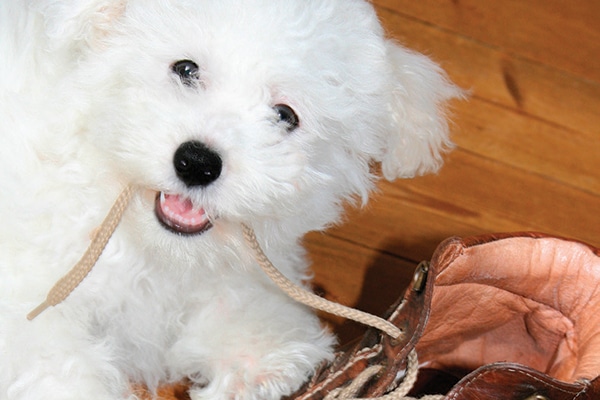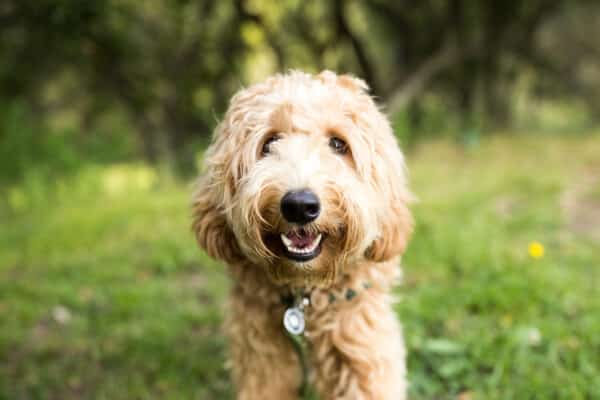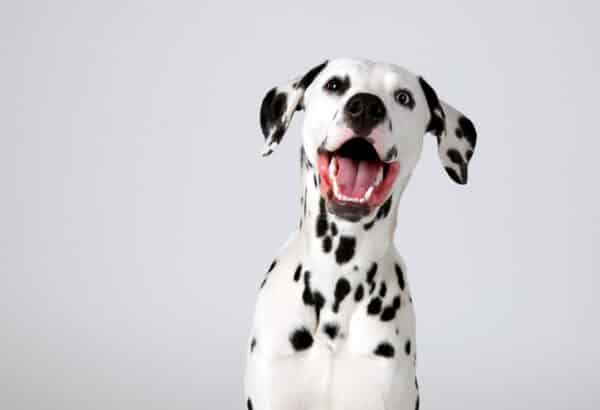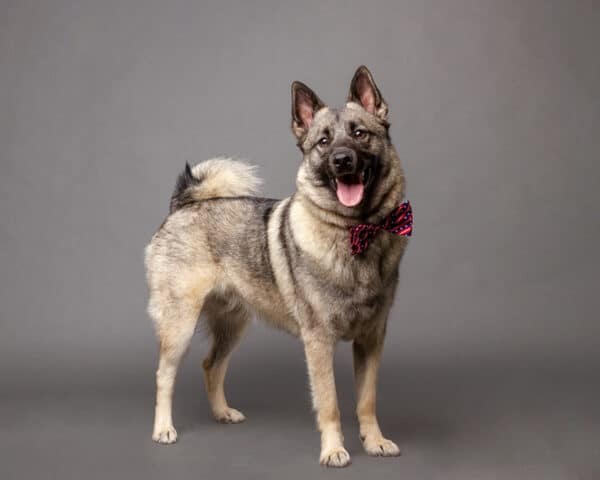Quick Facts
- Weight: 10 – 18 pounds (4.54 – 8.16 kg)
- Height: 9 – 12 inches (22.86 – 30.48 cm)
The Look of a Bichon Frise
Bichon Frises are small and sturdy with distinctive puffball coats, sometimes groomed “lion-style” with a close-cut body and puffy mane. They have slightly rounded heads, medium-length muzzles, hanging ears (usually covered in hair) and protruding black noses. Their dark eyes have a curious and lively expression. They have long necks and defined chests. Their plumed tails carry over the back. Usually trimmed, Bichons have a cottony coat that consists of a rough and curly outer coat and a soft, dense inner coat. Overall, Bichon Frises carry themselves with a cheerful and jaunty spirit.
Traits
- Snow-white fur
- Goofy and fun
- Amiable and pleasant
- Soft and Cuddly
- Love attention
Ideal Human Companion
- Singles
- Seniors
- Families
- City dwellers
- Cuddlers
What They Are Like to Live With
When you first set eyes on a Bichon Frise, you might think, “that’s a cuddly looking dog,” but with some dogs, it doesn’t always work out that way. With Bichons, it does: These charming, friendly and intelligent companions are soft and sweet, naturally social and get along with the whole family—even other pets. Easily trained and eager to please, they have a gentle and affectionate manner. Just don’t forget to give them attention—and lots of it. They crave human companionship and can suffer emotionally if neglected.
Intelligent and alert, Bichon Frises also have a feisty streak. Sometimes this results in sudden bursts of energy. But these feisty outbreaks are rarely destructive and mostly involve lots of running around. Friendly with strangers, Bichons will still bark and make a fuss if they sense a threat to the household.
Not requiring much exercise, Bichon Frises are ideal apartment/city dogs. They are very adaptable to living environments, pleasant to neighbors and are relatively clean.
Things You Should Know
Though Bichon Frises don’t shed too much (a bonus for people with allergies), regular brushing is needed to prevent matting. After a week or two without brushing, they can look a little scruffy. Many Bichon fanciers choose the professional grooming route, getting theirs clipped in fabulous poodle-esque styles.
Some Bichons are difficult to housetrain. Experts recommend crate training for puppies. Also, pay attention to the areas around their eyes: Bichons tear easily, causing watery streaks down the face. This can be controlled with the occasional swabbing.
The average Bichon Frise can live as long as 15 years (and sometimes longer). Common health problems include allergies and cataracts.
Bichon Frise History
Originating in the Mediterranean, the Bichon Frise descended from a mixture of Poodles and Water Spaniels. It is believed that Spanish and Italian sailors discovered these dogs and carried them around the world on their voyages, sometimes using them to barter for other goods. European nobility caught the fever, and eventually Bichon Frises were appearing in Renaissance paintings alongside their royal owners. During the late 1800s Bichons were considered common show dogs, but in 1934, after being recognized by the French Kennel Club, they returned to popularity.





